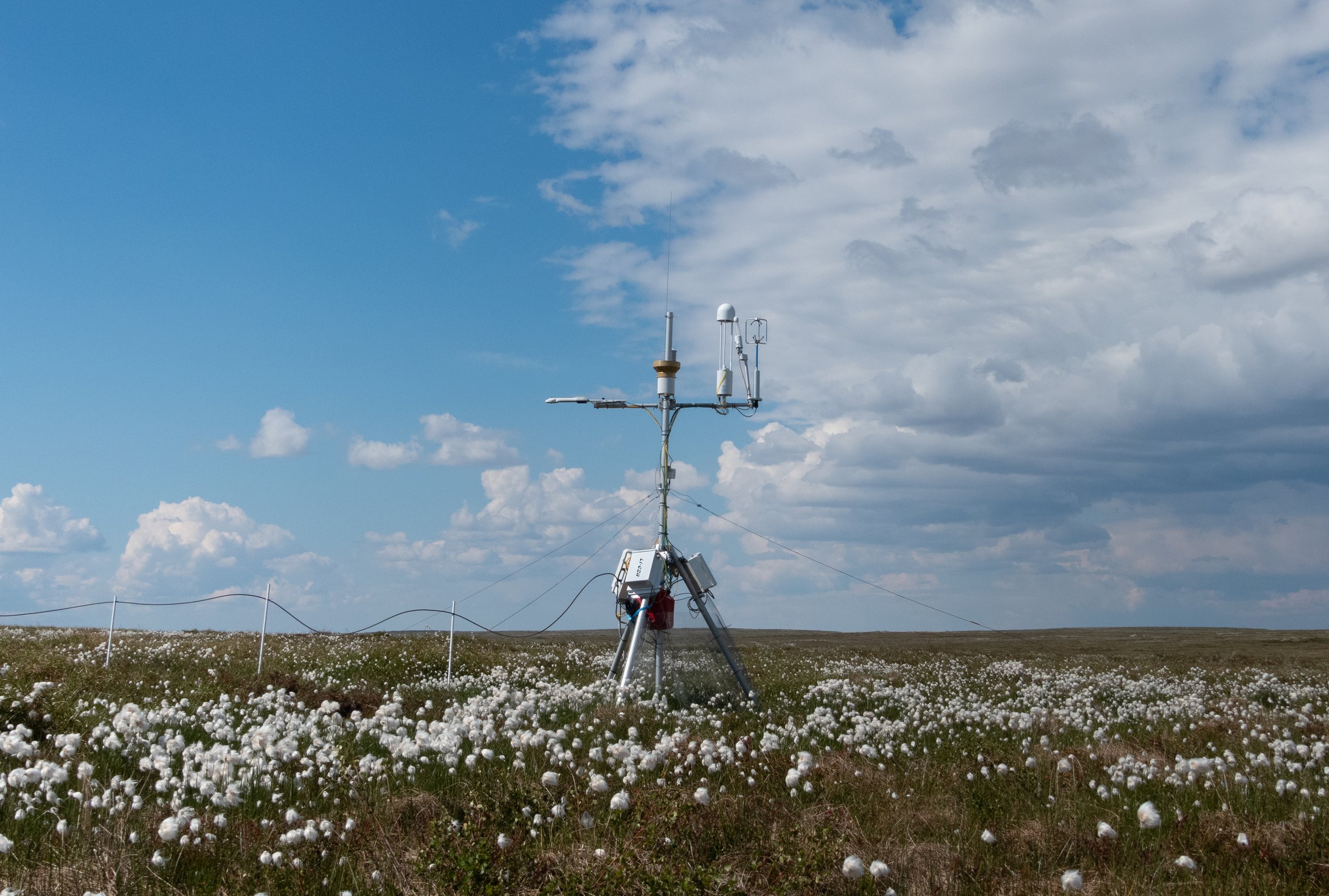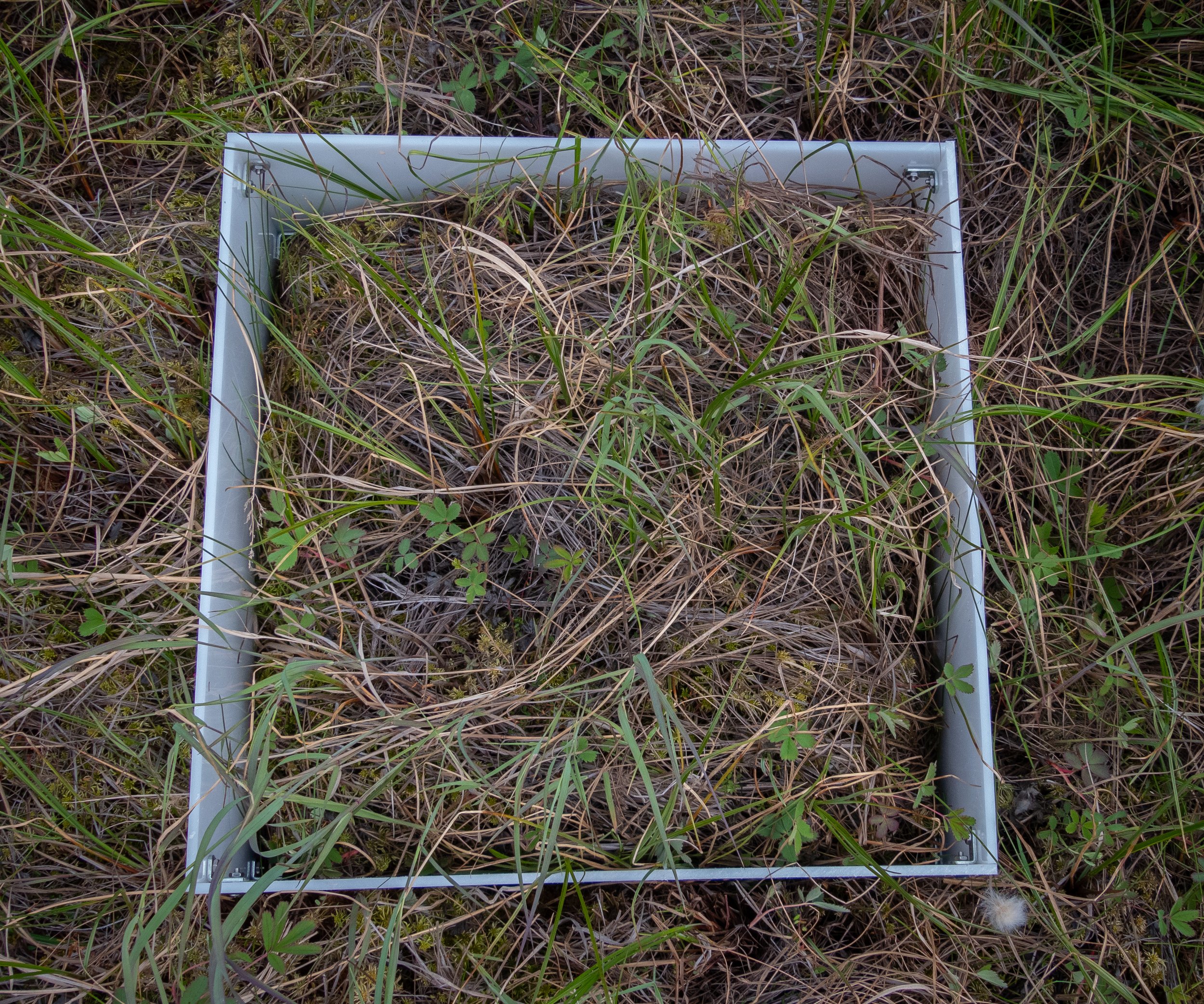
I spent two summers researching climate change in the Yukon-Kuskokwim Delta, Alaska, the traditional and current home to the Yup’ik and Cup’ik peoples.
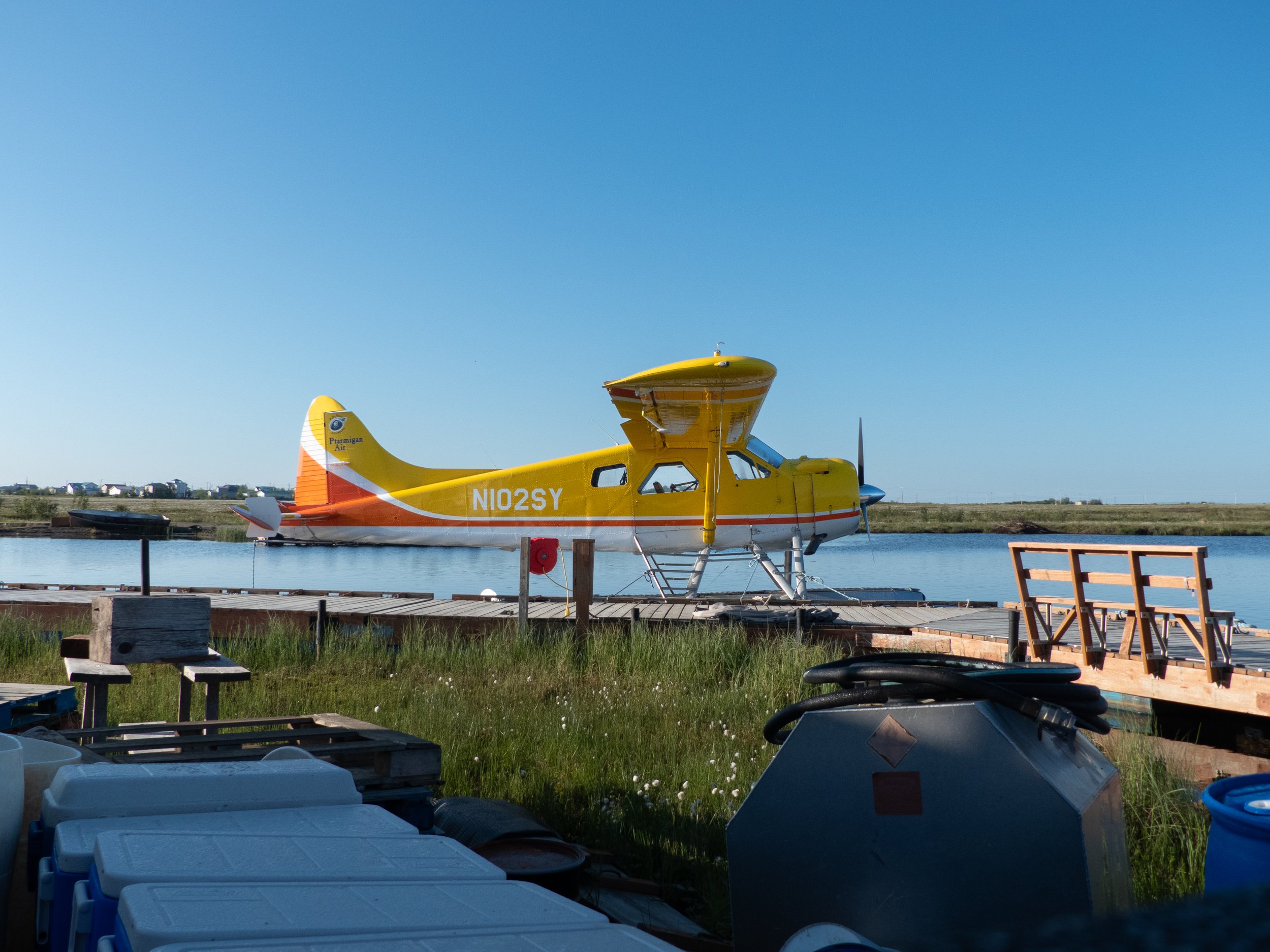
The research site was 50 miles away from the nearest town, so we chartered several float planes to transport us and our gear to the peninsula where we situated our camp. We stayed there for months at a time, meaning we brought all of our food and scientific equipment on day 1.
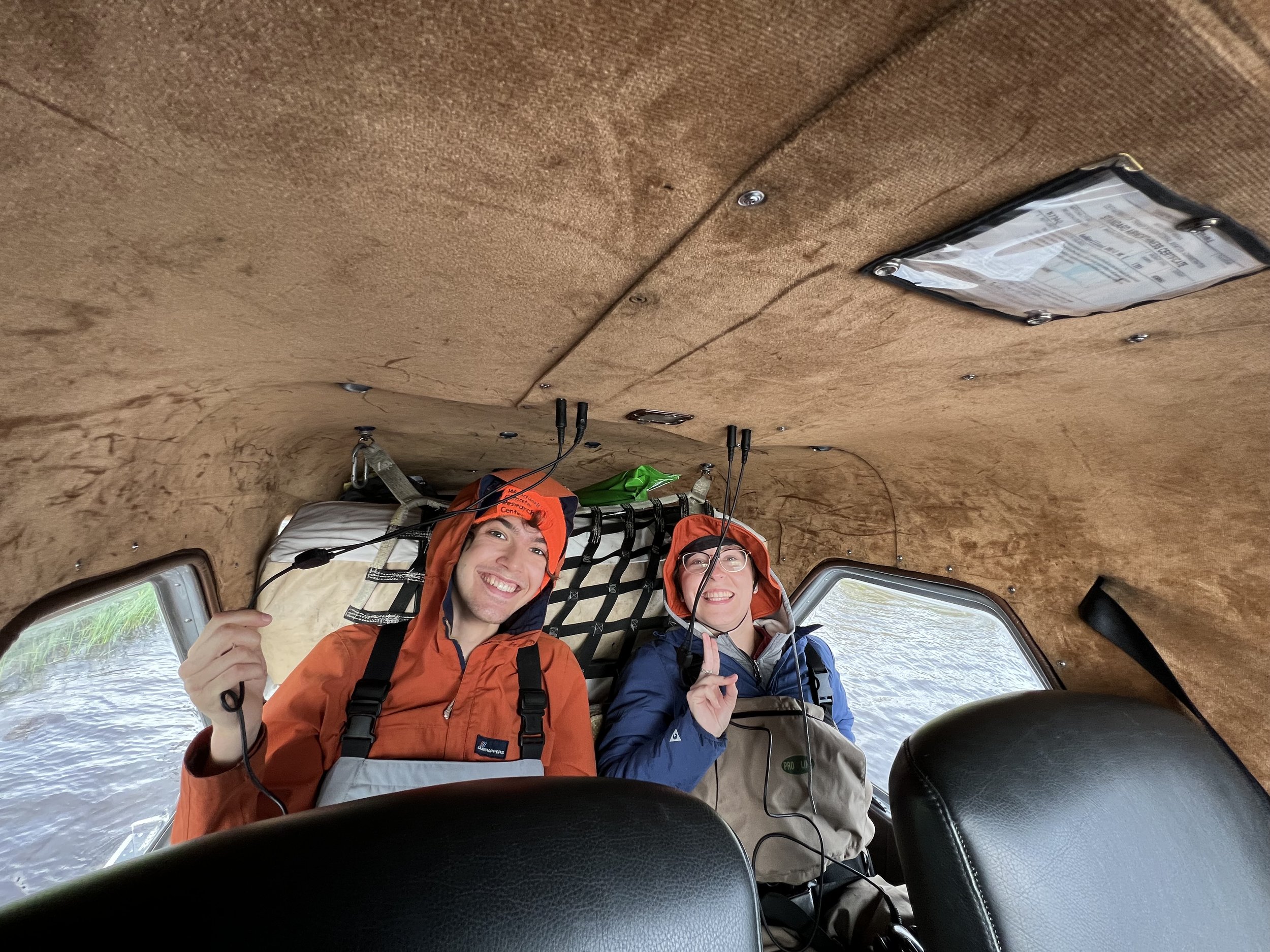
Me and a friend in the back of the float plane. We were dressed for colder temperatures: most days were around 50 - 60 degrees Fahrenheit, not including rain and windchill. Photo credit: Christina Minions
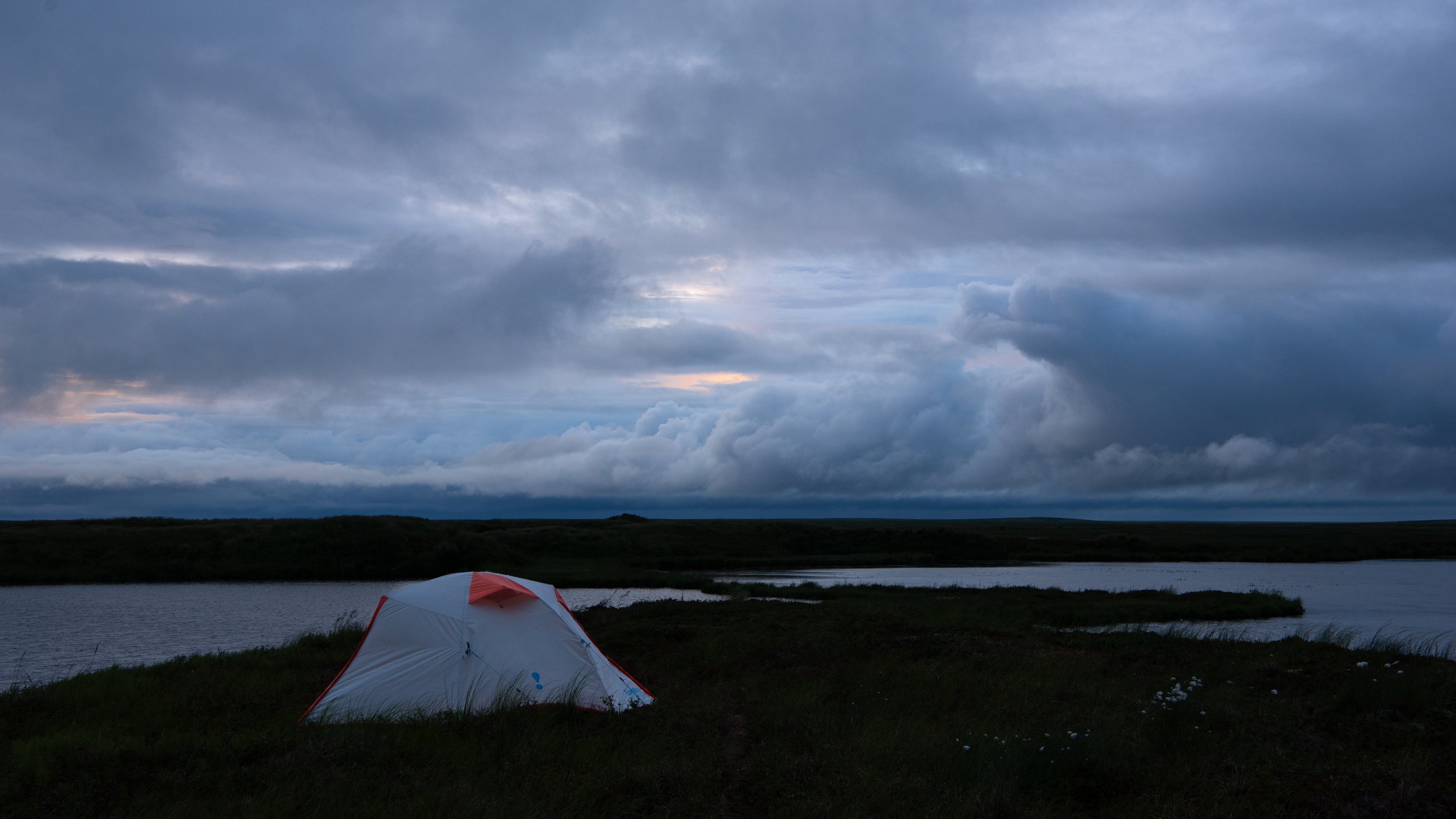
The edge of the peninsula. The lake in the background was deemed "Landing Lake," for it was the only water body in the area large enough for the float planes to land safely. I lived out of that tent for months!

Camp at its busiest. The green tent in the foreground was our lab tent, where we processed water samples and prepped experiments. The "T" shaped tools in front of the lab were used to measure how deep the permafrost has thawed. The white tent in the foreground was the common tent, where the team cooked meals and played games in the evenings. In front of the common tent was the solar panel and our water storage. Landing Lake was not potable on its own, so we manually pumped our water using the apparatus to the right of the blue jugs. We tried to only walk on the wooden and plastic boards to avoid degrading the environment too much. The tents in the background belonged to a group of students who joined us in the field for a couple of weeks.

Inside the common tent. Photo credit: Christina Minions
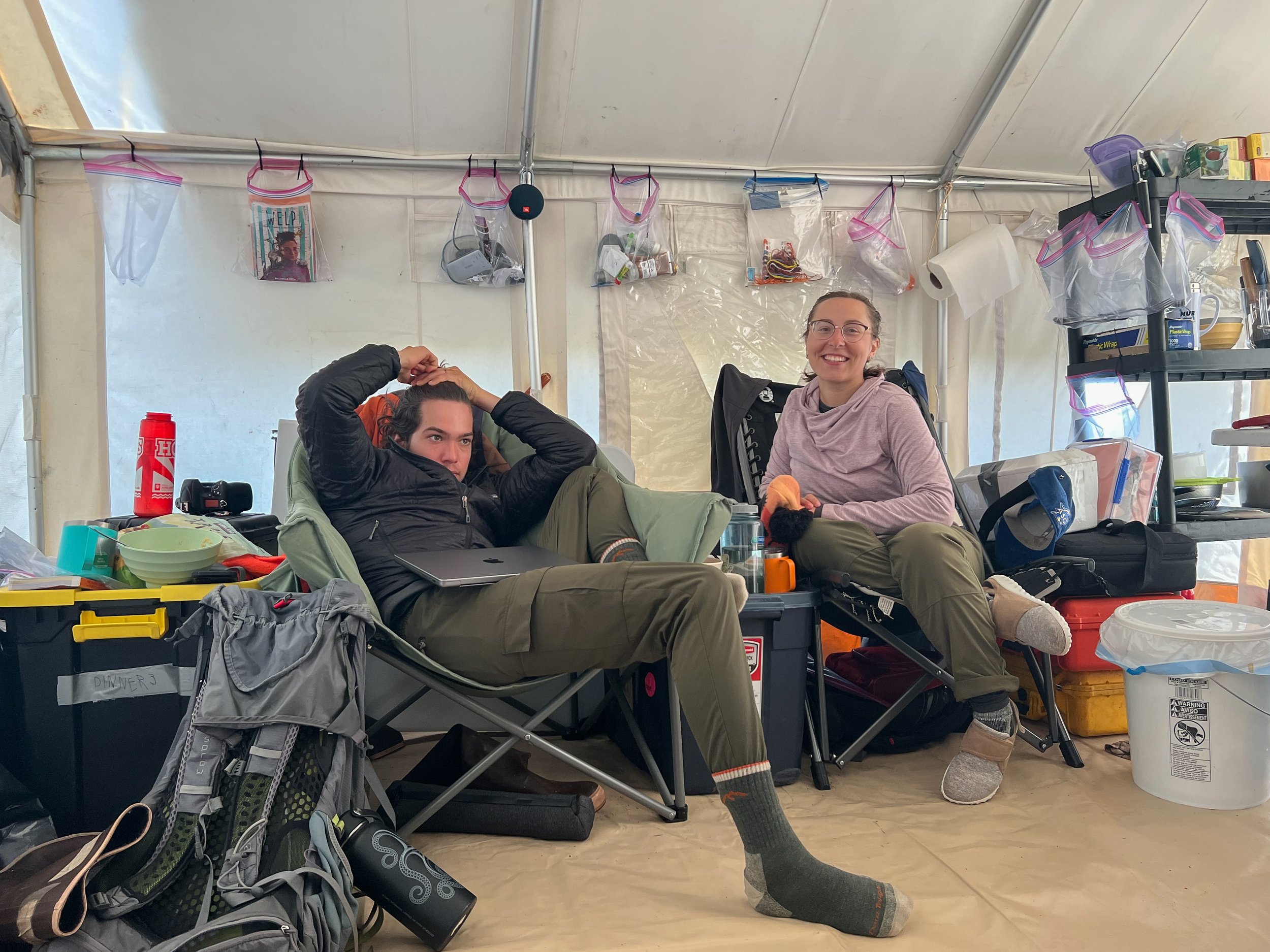
I grabbed this shot of camp just before the sun dipped below a cloud bank. This photo was taken around 10:00 pm at night. There was no darkness during June and July. Bad for sleep, very good for science.
This is cottongrass. Fields of them dot the landscape during the summer.
This plant is called Labrador Tea. The leaves give off a citrusy scent in the summer months, like lemons with a hint of pine. Falling asleep in this perfume was a welcome change from the sweat and grime of the days.
I wore a few scientific hats while in the YKD, but my favorite project was the plant survey. Plants can adjust when they begin certain life stages (growing new leaves, reproductive cycles, etc). This is called phenology. As climate change alters the temperatures and rain patterns in the YKD, plants may react differently than they have in past centuries. Understanding these changes can help us determine how much carbon dioxide, a major greenhouse gas, plants in the YKD can absorb.
Helicopter sampling projects were a close second favorite. We chartered this helicopter a few times each season to measure water from sources that were too far away to walk to. This experiment focused on differences in nutrient concentrations between streams, lakes, and fens.
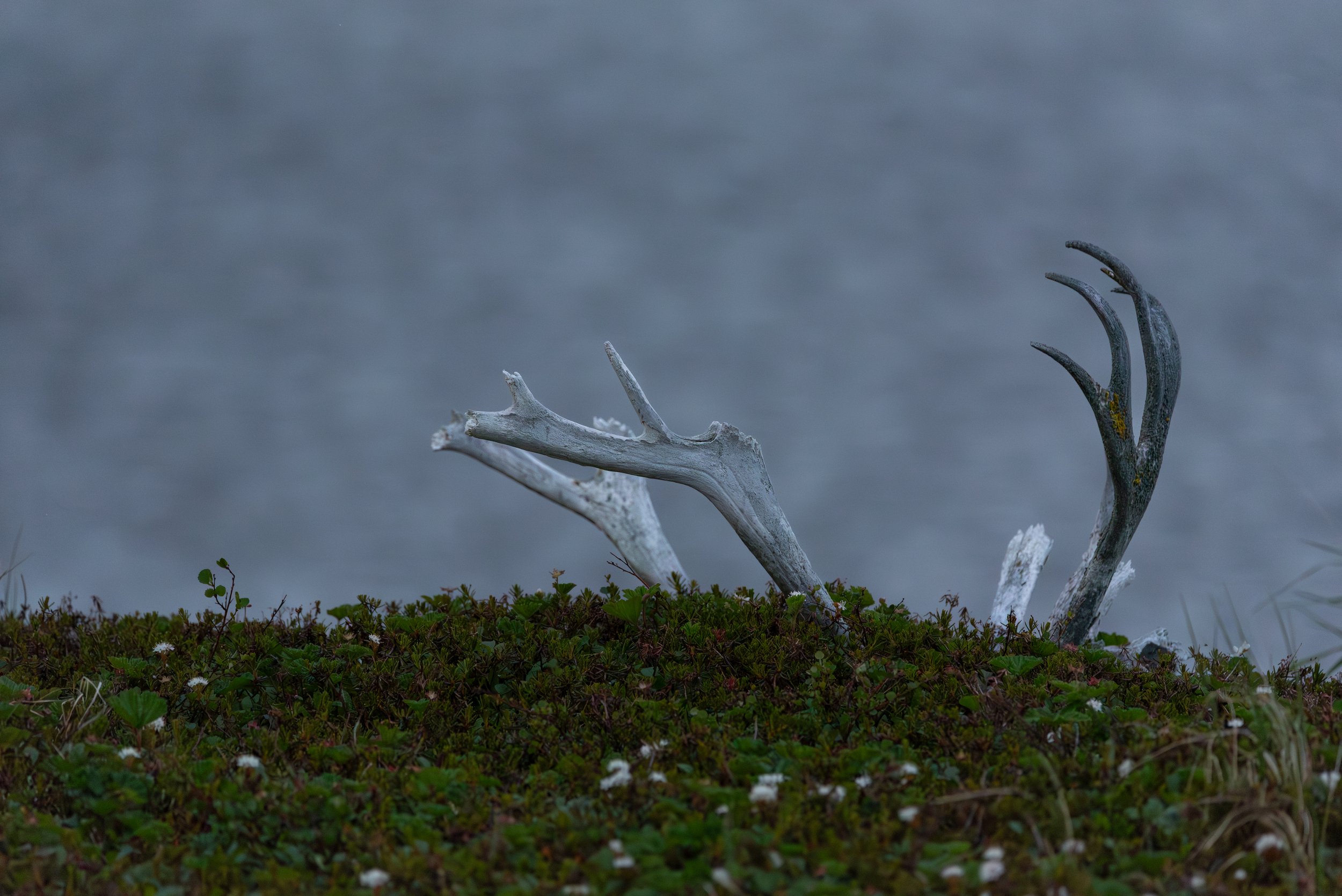
Living in the YKD came with its own set of challenges. No connection to the outside world, no running water, countless mosquitoes, and worst of all . . . no showering.

Left to right: an Arctic tern looks down for his next meal, a beaver chews on wetland plants at the edge of Landing Lake, and a moose looks at our camp from Landing Lake at dawn.

I have never been surrounded by nature so closely.
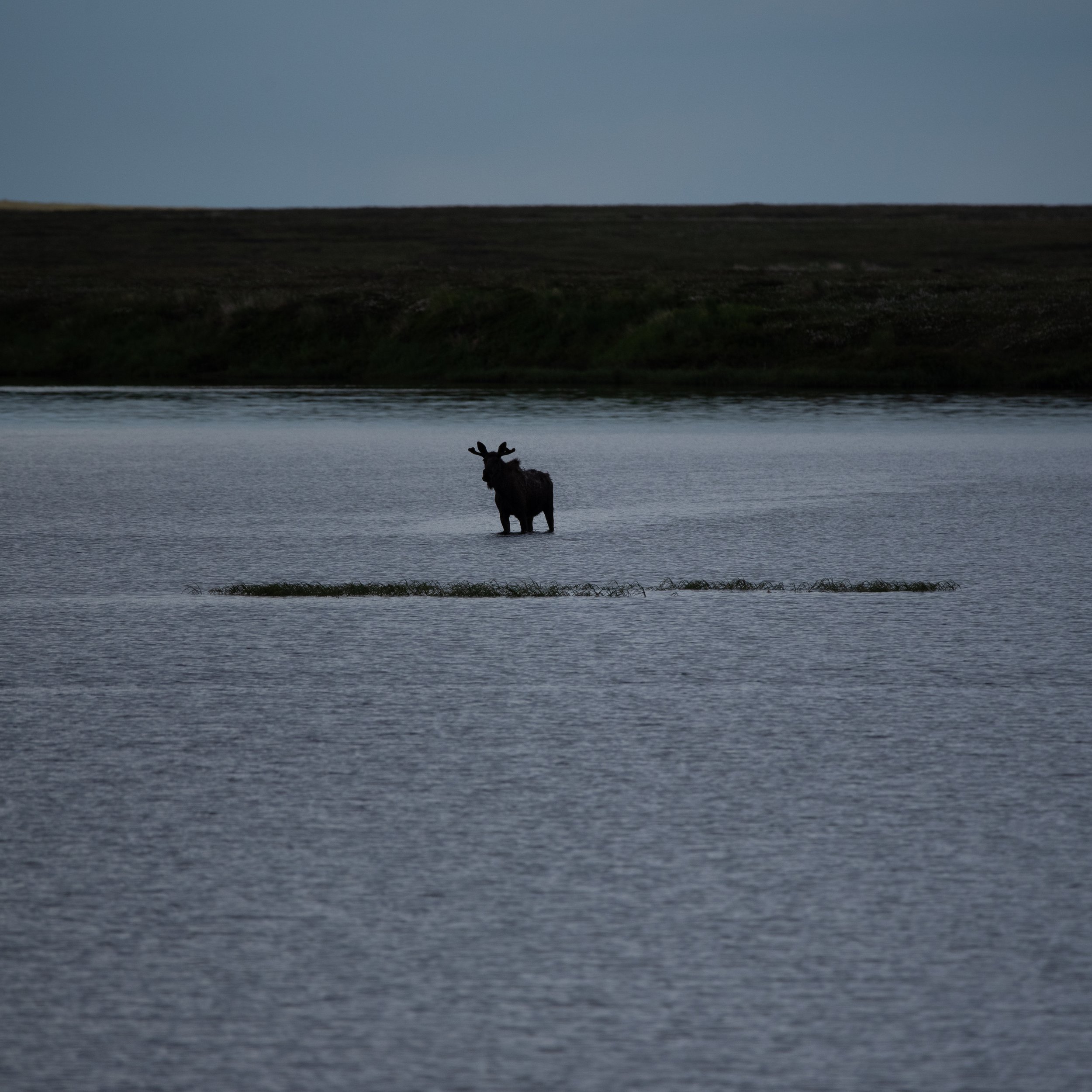
Winds and gray skies often lasted all day. These silhouettes and shadowy landscapes capture the essence of the YKD.
When the sun did shine, the landscape transformed into a sea of vibrant greens and yellows, colors made all the more beautiful by their scarcity. I saw rainbows frequently here, but this is one of the best. If you look closely, you'll see that there's a faint second arch above the first.
The tundra was so soggy that walking across Landing Lake was an easier way to reach some of our field sites. We would bring a boat full of supplies to help lighten the load and keep our balance as we walked. Photo credit: Christina Minions
There are two eddy covariance flux towers nearby our camp that continuously measure environmental variables, including temperature, wind speed and direction, and carbon dioxide and methane levels. One tower can record data over an area about the size of a football field.
Flux towers play an integral role in understanding how the Arctic responds to climate change. Current climate change models don't adequately include greenhouse gas emissions from thawing permafrost, and these towers are helping to close that data gap.
They are delicate instruments and often require our attention. Here, a few coworkers are cleaning the methane gas analyzer, which looks like a small white water tower.
We installed several of these plastic collars into the ground near camp. The top layer of tundra was soft enough to cut through with a bread knife, which was how we pushed them into the ground. The collars are one portion an experiment that measures the release and absorption of greenhouse gases. Once installed, we attached a clear fitted chamber (see image to the right) atop the collars to measure how much carbon dioxide was being emitted or absorbed by the plants inside of the collar. We pushed the collars into the ground to ensure that there was an airtight seal during our measurements and no ambient air entered unintentionally.
The orange box is a LI-COR LI-840A, which measures carbon dioxide concentrations. The translucent tubing that connects the chamber to the LI-COR creates a closed system, meaning only the air inside the chamber is measured. The LI-COR samples this air continuously. We hook the LI-COR up to the computer to track the measurements. Because plants use carbon dioxide when they photosynthesize, we can get a good idea of how productive different plant species are by looking at how quickly carbon dioxide levels inside the chamber decrease. Photo credit: Cameron Gaspord
I'll wrap things up with a couple of sunsets. I would occasionally go out on the water in the evenings to escape the mosquitoes and enjoy the sunsets. I think this image does a good job of capturing the texture and vastness of the sky in the YKD.
Another nice sunset, this one taken in mid-September on one of my last days in the Delta. By this time, the temperatures had begun to drop and we experienced real darkness for a few hours each night. We couldn't stay for much longer because the float planes couldn't land safety when ice was present on Landing Lake.









